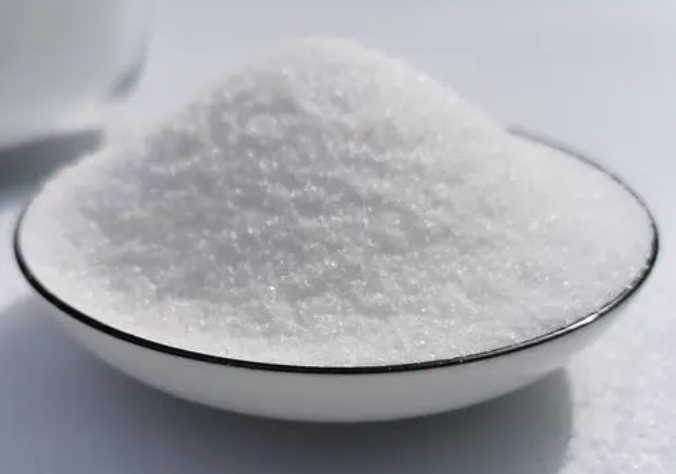Hainan Yanghang Industrial Co., Ltd.
34 years of focusing on R&D, production and sales of water treatment chemical products
 info@hnyhxd.com
info@hnyhxd.com
What is The Difference Between Citric Acid Monohydrate and Anhydrous Citric Acid
1. Difference in Physical Properties
(1). Citric acid monohydrate density 1.54 g/cm3, melting point 135-152 ℃, flash point 173.9 ℃, water solubility 1630 g / L, water 7.5-9.0%;
(2). Anhydrous citric acid density 1.542 g/cm3, melting point 153-159 ℃, reaching 175 ℃ or more will release water and carbon dioxide, flash point 155.2 ℃, moisture ≤ 0.5%.
2.The difference in chemical properties
(1). Citric acid monohydrate is in danger of combustion and explosion when exposed to open fire, high heat or contact with oxidizer, unstable when exposed to high temperature, slightly weathered in dry air. Soluble in water, ethanol, ether, insoluble in benzene, slightly soluble in chloroform;
(2). Anhydrous citric acid is slightly weathered in dry air, hygroscopic in moist air, can be decomposed into many products by heating, can react with acid, alkali, glycerol, etc. When dissolved in ethanol, it reacts with ethanol. When dissolved in ethanol, it reacts with ethanol to produce ethyl citrate.
3.The molecular formula difference
(1). Citric acid monohydrate molecular formula: C6H8O7-H2O
(2). Anhydrous citric acid molecular formula: C6H8O7
Molecular weight difference
1. The molecular weight of citric acid monohydrate is 210.14;
2. Molecular weight of anhydrous citric acid is 192.13.
Difference in quality testing standards
1. Citric acid monohydrate complies with the range of GB1886.235-2016 test standard value.
Color: colorless or white
Status: crystalline granule or powder, odorless, extremely sour taste.
Content %: 99.5-100.5
Moisture %: 7.5-9.0
Easy carbonization≤1.0
Carbonated ash%≤0.05
Sulfate%≤0.015
Chloride%≤0.005
Oxalate%≤0.01
Calcium salt%≤0.02
Lead mg/kg≤0.5
Total arsenic mg/kg≤1.0
2. Anhydrous citric acid meets GB1886.235-2016 test standard value range
Color: colorless or white
State: crystalline granule or powder, odorless, taste very sour.
Content %: 99.5-100.5
Moisture %≤0.5
Easy carbonization≤1.0
Carbonated ash%≤0.05
Sulfate%≤0.010
Chloride%≤0.005
Oxalate%≤0.01
Calcium salt%≤0.02
Lead mg/kg≤0.5
Total arsenic mg/kg≤1.0
Application Differences
1. Citric acid monohydrate is mainly used in food and beverage industry as acidifier, flavoring agent, preservative and freshness-keeping agent; it is used as antioxidant, plasticizer and detergent in chemical, cosmetic and washing industry;
2. Anhydrous citric acid is also used in food and beverage industry, but the most used sector is chemical manufacturing, followed by paper making, aluminum refining, tungsten refining, rayon, rayon and soap manufacturing. In addition, in the production of dyes, plastics, pharmaceuticals and organic intermediates, the regeneration of old rubber, the system of sodium metal, water electrolysis and the production of inorganic salts, the production of borax, chromium salts, manganate, phosphate, etc., but also to use a lot of anhydrous citric acid. At the same time, anhydrous citric acid is one of the important raw materials for the production of polycarbonate, super absorbent polymer, zeolite, epoxy resin, sodium phosphate, sodium sulfite and a large number of sodium salts.


